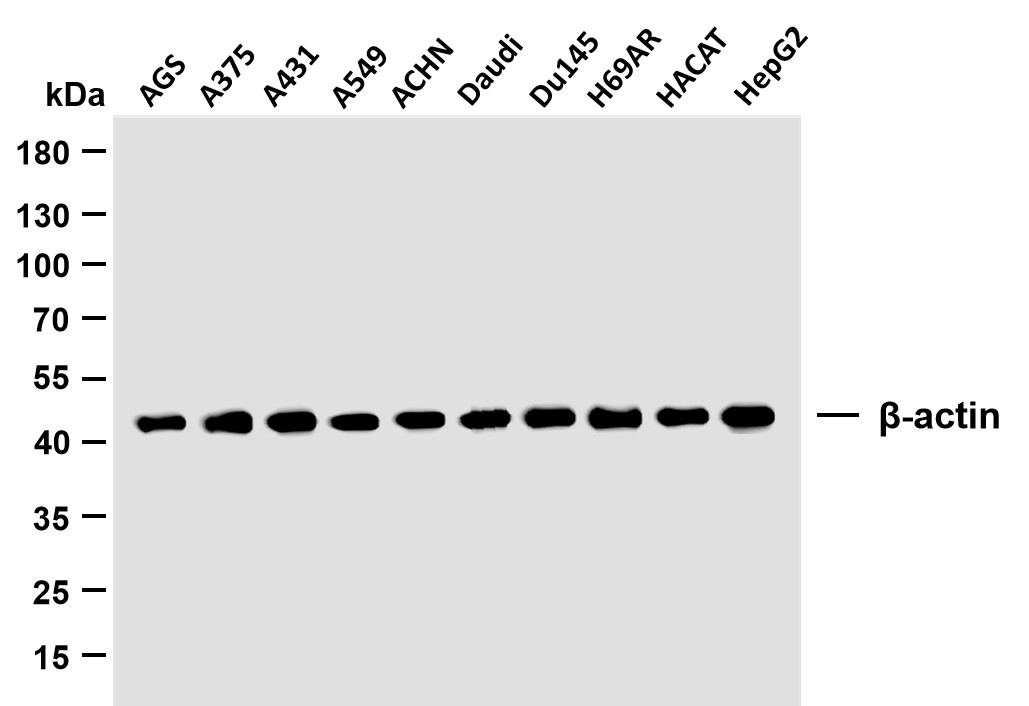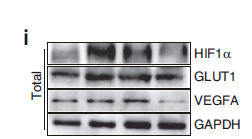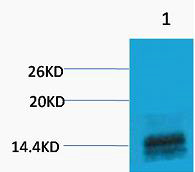APOB rabbit pAb
- Catalog No.:YT7819
- Applications:WB;ELISA
- Reactivity:Human;Rat;Mouse;
- Target:
- ApoB
- Fields:
- >>Fat digestion and absorption;>>Vitamin digestion and absorption;>>Cholesterol metabolism;>>Lipid and atherosclerosis
- Gene Name:
- APOB
- Protein Name:
- APOB
- Human Gene Id:
- 338
- Human Swiss Prot No:
- P04114
- Immunogen:
- Synthesized peptide derived from human APOB
- Specificity:
- This antibody detects endogenous levels of Human APOB
- Formulation:
- Liquid in PBS containing 50% glycerol, 0.5% BSA and 0.02% sodium azide.
- Source:
- Polyclonal, Rabbit,IgG
- Dilution:
- WB 1:1000-2000 ELISA 1:5000-20000
- Purification:
- The antibody was affinity-purified from rabbit antiserum by affinity-chromatography using epitope-specific immunogen.
- Concentration:
- 1 mg/ml
- Storage Stability:
- -15°C to -25°C/1 year(Do not lower than -25°C)
- Other Name:
- Apolipoprotein B-100 (Apo B-100) [Cleaved into: Apolipoprotein B-48 (Apo B-48)]
- Molecular Weight(Da):
- 502kD
- Background:
- This gene product is the main apolipoprotein of chylomicrons and low density lipoproteins. It occurs in plasma as two main isoforms, apoB-48 and apoB-100: the former is synthesized exclusively in the gut and the latter in the liver. The intestinal and the hepatic forms of apoB are encoded by a single gene from a single, very long mRNA. The two isoforms share a common N-terminal sequence. The shorter apoB-48 protein is produced after RNA editing of the apoB-100 transcript at residue 2180 (CAA->UAA), resulting in the creation of a stop codon, and early translation termination. Mutations in this gene or its regulatory region cause hypobetalipoproteinemia, normotriglyceridemic hypobetalipoproteinemia, and hypercholesterolemia due to ligand-defective apoB, diseases affecting plasma cholesterol and apoB levels. [provided by RefSeq, Jul 2008],
- Function:
- disease:Defects in APOB are a cause of familial hypobetalipoproteinemia (FHBL) [MIM:107730]. FHBL is a genetically heterogeneous autosomal co-dominant disorder, associated with reduced plasma concentrations of apoB, LDL and VLDL. Heterozygotes for FHBL are usually asymptomatic with LDL cholesterol and apoB-100 concentrations less than 50% of those in normal plasma. Homozygotes have extremely low plasma LDL cholesterol and apoB-100 concentrations, and clinical presentation may vary from no symptoms to severe gastrointestinal and neurological dysfunction similar to abetalipoproteinemia [MIM:200100].,disease:Defects in APOB are a cause of familial ligand-defective apolipoprotein B-100 (FDB) [MIM:144010]. FDB is a dominantly inherited disorder of lipoprotein metabolism leading to hypercholesterolemia and increased proneness to coronary artery disease (CAD). The plasma cholesterol levels are
- Subcellular Location:
- Cytoplasm . Secreted . Lipid droplet .
- June 19-2018
- WESTERN IMMUNOBLOTTING PROTOCOL
- June 19-2018
- IMMUNOHISTOCHEMISTRY-PARAFFIN PROTOCOL
- June 19-2018
- IMMUNOFLUORESCENCE PROTOCOL
- September 08-2020
- FLOW-CYTOMEYRT-PROTOCOL
- May 20-2022
- Cell-Based ELISA│解您多样本WB检测之困扰
- July 13-2018
- CELL-BASED-ELISA-PROTOCOL-FOR-ACETYL-PROTEIN
- July 13-2018
- CELL-BASED-ELISA-PROTOCOL-FOR-PHOSPHO-PROTEIN
- July 13-2018
- Antibody-FAQs



